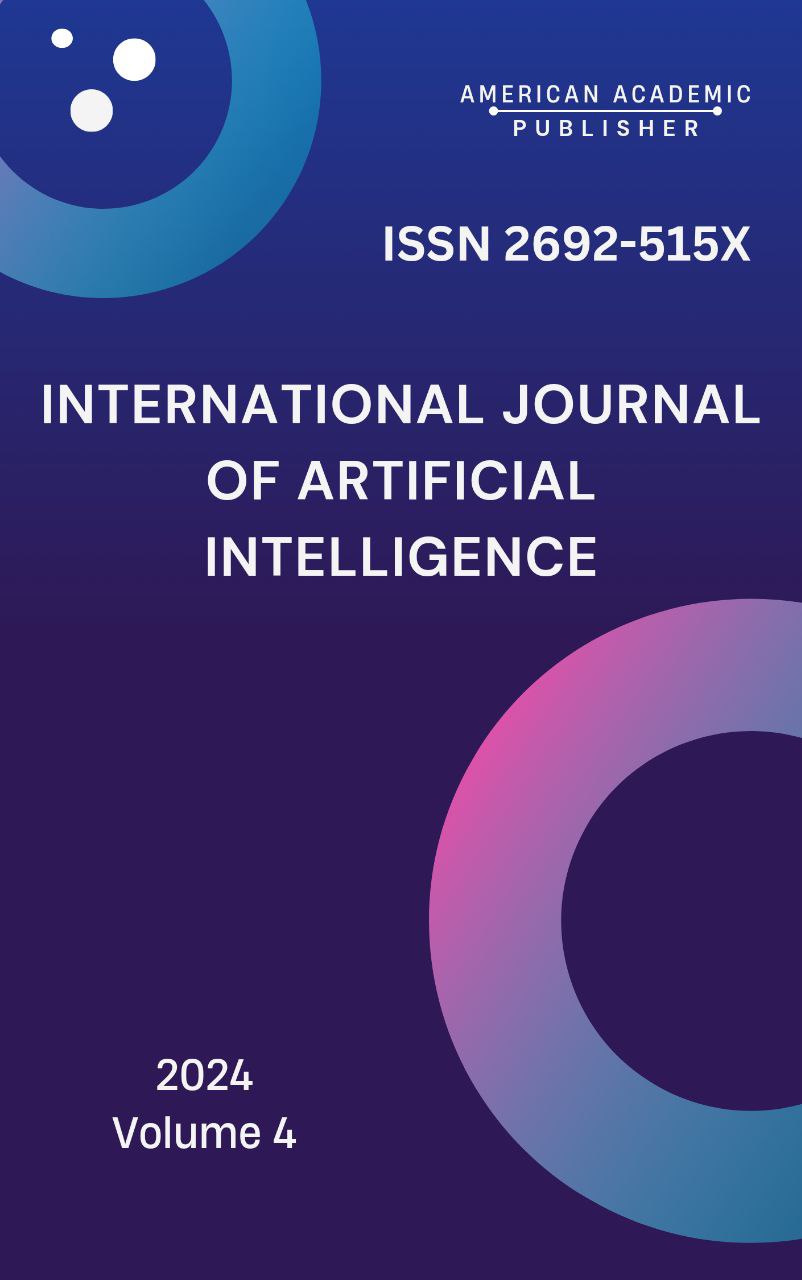 Articles
| Open Access |
Articles
| Open Access | FUNCTIONAL SEMANTIC STUDY OF LEXICAL DOUBLETS IN THE ENGLISH LANGUAGE
Yaxyopo'latova Nilufarxon Botirjon qizi , Uzbekistan state world languages university.Abstract
This article examines the phenomenon of lexical doublets, which are pairs of words with similar or identical meanings that coexist within the language. The study explores their origins, semantic nuances, and functional roles in modern English. It highlights how historical influences, such as borrowings from Latin, French, and Germanic languages, have contributed to the emergence of lexical doublets. Furthermore, the article delves into the stylistic and pragmatic aspects of these doublets, illustrating how they enrich the language by offering speakers and writers choices depending on context, formality, and tone. The findings provide insights into the dynamic nature of vocabulary and the interplay between language history and modern usage.
Keywords
Lexical doublets, semantic study, English language, language history, stylistics, pragmatics, vocabulary enrichment, linguistic borrowing.
References
Baugh, A. C., & Cable, T. (2002). A History of the English Language (5th ed.). Routledge.
Barber, C. (1993). The English Language: A Historical Introduction. Cambridge University Press.
Crystal, D. (2003). The Cambridge Encyclopedia of the English Language (2nd ed.). Cambridge University Press.
Jespersen, O. (1938). Growth and Structure of the English Language. Oxford University Press.
Quirk, R., Greenbaum, S., Leech, G., & Svartvik, J. (1985). A Comprehensive Grammar of the English Language. Longman.
Hockett, C. F. (1958). A Course in Modern Linguistics. Macmillan.
Trask, R. L. (1996). Historical Linguistics. Arnold Publishers.
Stockwell, R., & Minkova, D. (2001). English Words: History and Structure. Cambridge University Press.
Article Statistics
Downloads
Copyright License

This work is licensed under a Creative Commons Attribution 4.0 International License.

